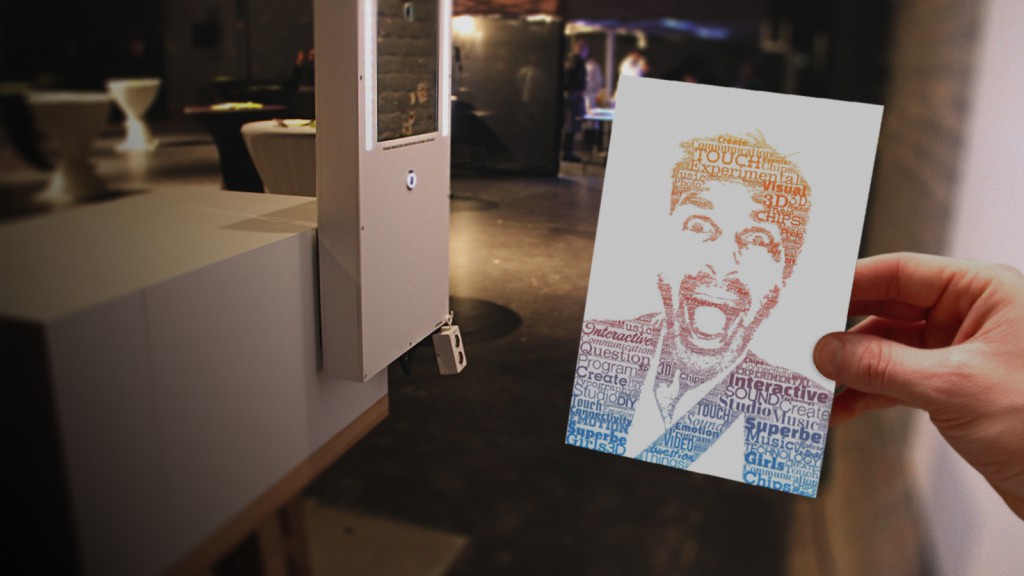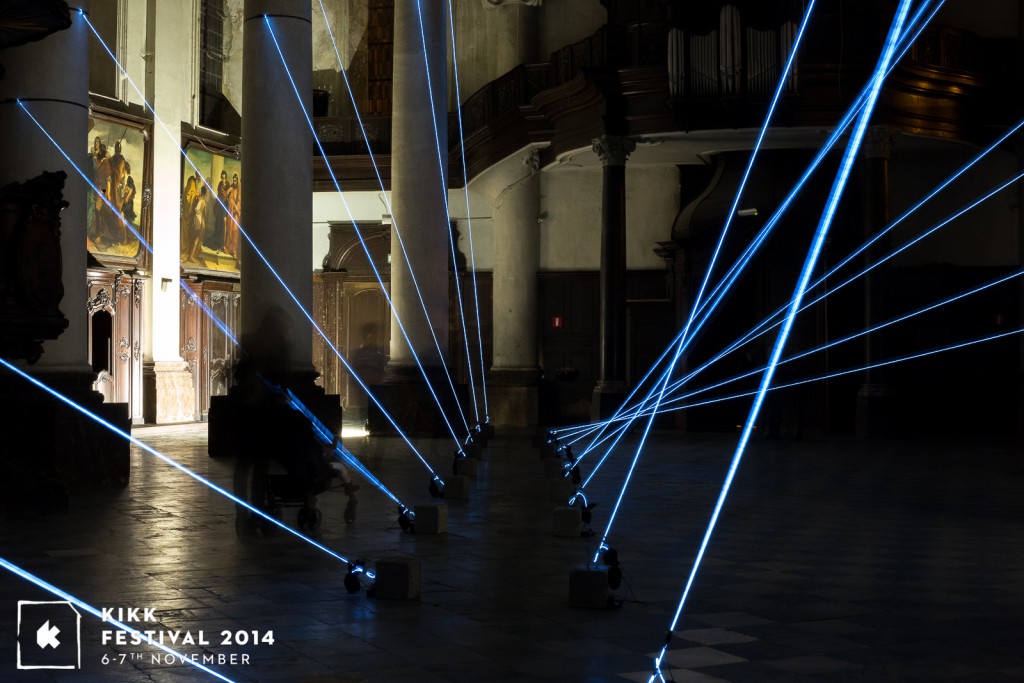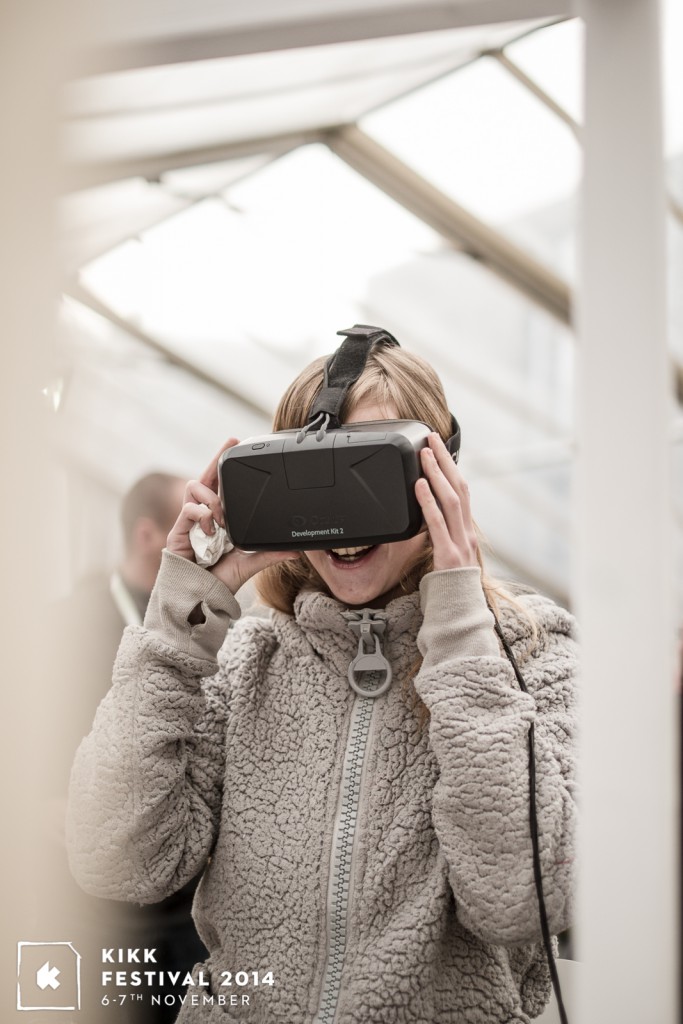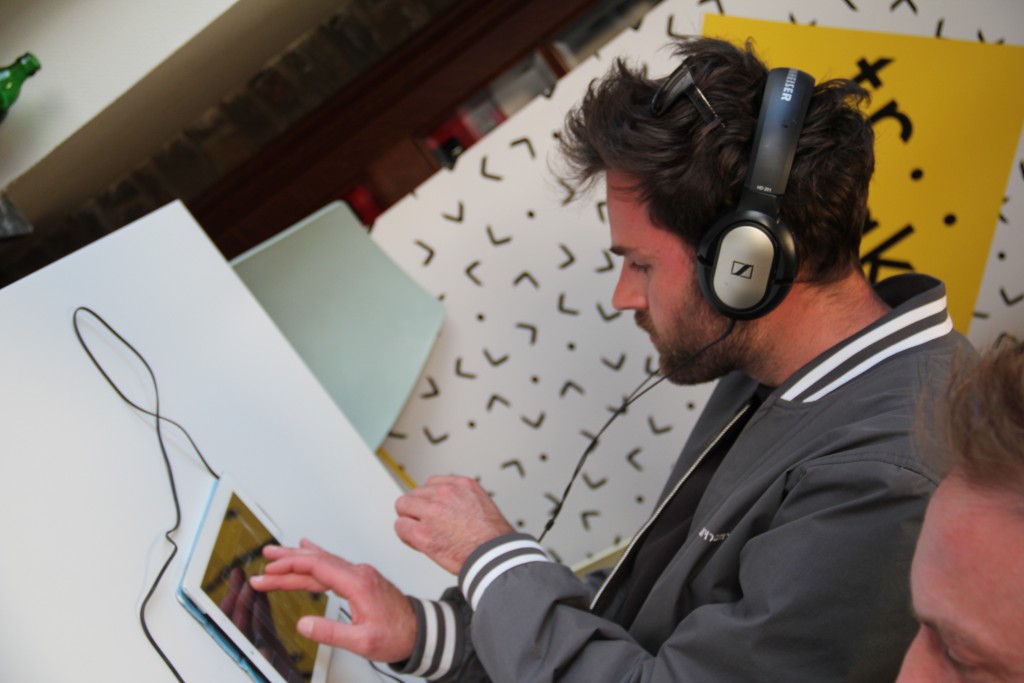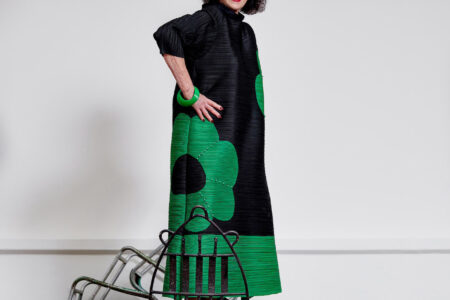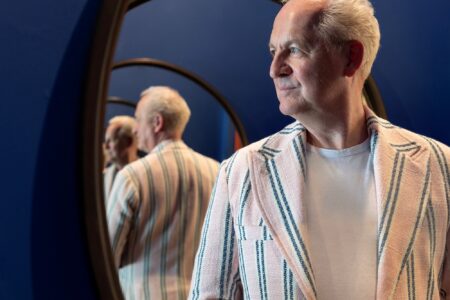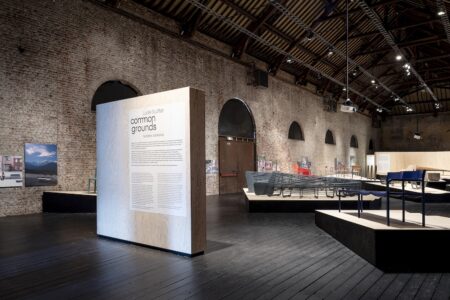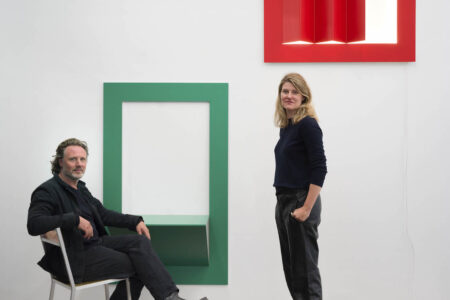Dogstudio: Wildly Moving
We talked with Gilles Bazelaire and Gaëtan Libertiaux, from digital juggernaut Dogstudio, about their faith in Namur as a creative hub and the importance of print publications –even today
In 2006, Gilles Bazelaire (the designer) and his brother Mathieu (the developer) established this studio with a name as off-beat as their entrepreneurial spirit: Dogstudio. Eleven years later, Franco Dragone came knocking, and –to put it mildly– their madness did nothing to put the brakes on this machine running full speed. Here’s what we discussed during a meeting with Gilles and colleague Gaëtan Libertiaux in their Namur-based headquarters.
TLmag: If someone were to say that your studio –perhaps in part thanks to its name– has a quirky, humorous, wild image, would you agree?
Gaëtan Libertiaux: I don’t see the word ‘wild’ as a negative. So, yes! Our studio is definitely not afraid of challenges.
Gilles Bazelaire: The starting point of the studio is quite simply a desire to be independent. Before launching Dogstudio with my brother, I worked in five offices in five years. I couldn’t find myself in the projects I was involved in. I wanted to create new things.
G.L.: Our strength is to always say “if it doesn’t exist, we will do it.”
G.B.: During the launch phase of the studio, I left the incubator that was supporting me because they felt it was premature to create a company based on a single client. I didn’t.
TLmag: And what about the name, then?
G.B.: The word “studio” seemed important to us. It clearly describes our approach. As for Dog, it was the first word we saw when we opened the dictionary. It was the same thing for our e-mails: I asked my brother what address he wanted, and he responded “poodle for me and bichon for you”.
TLmag: You had ideas, desires and a need to shake things up. Did it work out right away?
G.B.: Not really. It took four or five years before we started landing projects that really appealed to us and that got us noticed. Our first “real” contract in this sense was for Standard Liège. The football club entrusted us with their website, the development of their social media and the production of live content. It was an excellent showcase.
G.L.: In a second phase, we worked on a very strategic (because of its global nature) project for Creative Wallonia, a government programme set up around the same time as the studio. We created the identity, the event-based aspect, the emails.
TLmag: Was it at that time that you created Superbe, your second organisation?
G.L.: In 2011 I left the music industry to join Gilles, a childhood friend. Everything took off from a creative installation around music, which we used in order to offer a new experience within the framework of event-based projects. Building on that base, we created other projects (Paf Box and Fontasy, two photomatons revisited in a spirit of fun and interaction), as well as loads of animations that very quickly became so popular that they turned into complete products of their own.
G.B. : I think that the common thread between Dogstudio and Superbe is that we reinvent ideas through the clients’ experience. The shared dynamic of the two companies (even if Dogstudio is much further along in its development and positioning as a global reference in the digital industry), is that we place no limits on our creativity.
TLmag: That involves certain risks, especially in terms of profitability, wouldn’t you say?
G.L.: Yes, of course. It is essential to be able to challenge yourself. We all have a natural tendency to go too much towards creative extremes. At certain moments, we need to be able to say “stop” in order to redefine who we are and what we are trying to achieve.
TLmag: And then, there was the Franco Dragone moment.
G.B.: We responded to a call for proposals to create the website for Franco Dragone. Ultimately, it won a prize for the most beautiful site of the year. It was a fantastic experience that opened a multitude of doors, including a competition that we also won and that enabled us to design the website for Chicago’s Museum of Science and Industry –the largest museum of its kind in the world– and its entire online strategy.
TLmag: Was that the moment when you really understood the international potential of the studio?
G.B.: Starting in 2015, we stopped thinking of ourselves as a regional or even a national agency. No more imposing limits on ourselves, creatively or geographically. We took on a new colleague who, after two years in Namur, left to develop the studio in Chicago.
TLmag: And do the Americans like what you are doing?
G.B.: We have carried out projects, in particular, in California, New York and Washington. Americans are on the forefront of marketing and web automation, but in terms of image, they like to draw on creativity from elsewhere. We are fortunate that they appreciate our off-beat tone. At this point, it might even be better understood there than here.
TLmag: Sometimes you can be found in rather unexpected places. You collaborated with fashion house Natan, for example, didn’t you?
G.B.: Yes, and we are very proud of the website we created for them. The entire concept was focussed around elegance, refinement and subtlety, values that we sought to transpose into a digital universe. We had to avoid all of the clichés of the web in order to propose a concept that translated this emotion projected by the brand. We wanted to create a unique rhythm for the site, so that the visitor would get the impression of literally leafing through it. With Dogstudio we have always avoided falling into a 100-percent technological prism. For technology to convey emotion, it must stay invisible. This encounter with Natan also opened up new opportunities for us in the Middle East –in Dubai, for example.
TLmag: Complementing this fantastic international growth, you still invest in local projects, such as the Kikk Festival.
G.L.: We created this festival almost on a whim, in just three months. We wanted to offer an event around creativity and the digital that would be both sharp and accessible to everyone –and with a festive dimension that, until then, was lacking in this kind of event. Last year, five years after the launch of Kikk, there were more than 15,000 visitors over three days. We offer conferences, workshops and meetings, exhibition spaces and showrooms for start-ups.
TLmag: And since you are worried about getting bored between editions, you started your fourth baby: Trakk.
G.B.: When we created Dogstudio, many people told us that a project of this kind in Namur was doomed to failure. We proved them wrong. With this new, creative hub in Namur, we want to bring together, exchange and promote the emergence of local creative projects, some of which will later be able to radiate out much further.
G.L.: It’s a work space for designers and artists, but we also organise workshops there, including some for children. It’s the extension of an educational project initiated with the Kikk festival, that will very soon take on a new dimension with the launch of our magazine King Kong.
TLmag: A hardcopy magazine for a studio like yours is a little bit anachronistic, isn’t it?
G.B.: No, because there is no magazine dedicated to digital culture in Belgium, so it seemed interesting to us to create one. At our level, as it will be published in a paper version, it’s also a way to do something completely opposite to the high-speed sector in which we exist. This project requires us to take the time to reflect on our business. A magazine has real thickness, both literally and figuratively.
The next edition of the Kikk Festival, and the launch of King Kong magazine, will take place from November 2-4, 2017 at the Théâtre de Namur.
WBDM – Wallonie-Bruxelles Design Mode is closely collaborating with TLmag for interviewing a selection of Belgian talents in fashion and design from Wallonia and Brussels, in order to promote them on the international scene.Read more articles on WBDM News Feed and on TLmag Online Edition Wallonie-Bruxelles Design Mode
